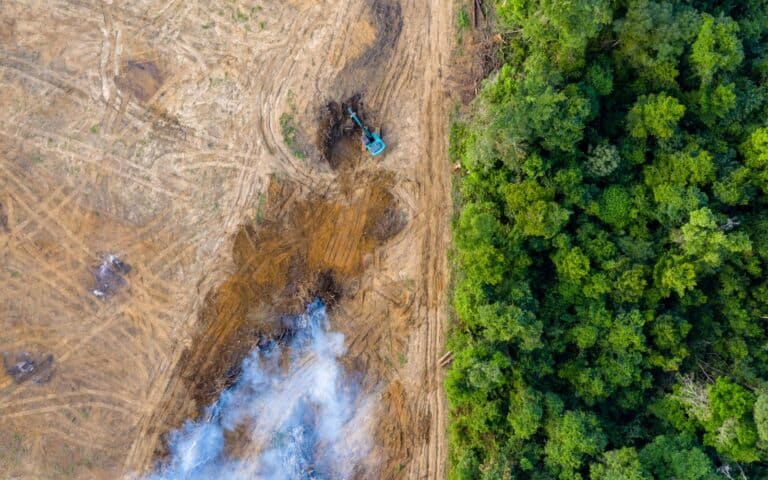10 Surprising Ways Whales Keep Our Planet Alive
Whales are more than just the majestic stars of nature documentaries, they’re vital to the health of our oceans and our planet. These marine giants, from the acrobatic humpback to the elusive blue whale, help regulate the global climate and support entire ecosystems with every breath and dive. But how many whale species are there, and what exactly makes them so important? Dive in as we uncover 10 fascinating truths about whales and why the world needs them more than ever.
1. There Are Over 90 Whale Species—And They’re Not All Alike
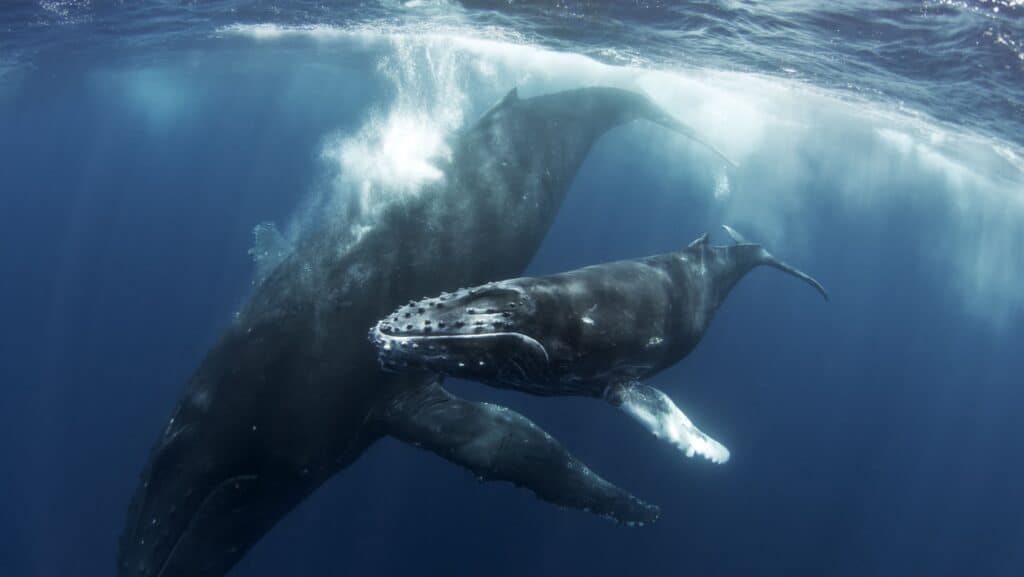
Whales are divided into two main types: baleen whales (like the blue whale and humpback) and toothed whales (like the sperm whale and orca). According to the American Cetacean Society, there are roughly 90 recognized species, ranging in size from the 100-foot blue whale to the 9-foot dwarf sperm whale.
2. Whales Are Climate Warriors
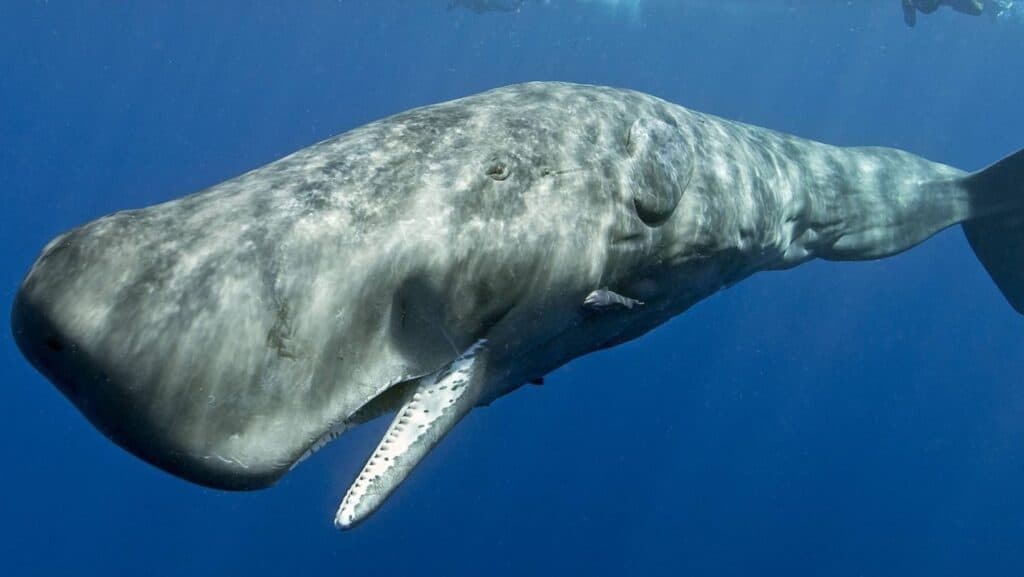
Whales play a surprisingly large role in fighting climate change. Their poop fertilizes phytoplankton, tiny ocean plants that absorb about 40% of all carbon dioxide produced globally, more than the Amazon rainforest. When whales die, their bodies also sink to the ocean floor, trapping carbon for centuries, according to a study published in Frontiers in Ecology and the Environment.
3. They Keep the Food Chain Balanced

Whales help regulate prey populations like krill, squid, and small fish. This balance prevents population explosions or collapses, which could disrupt entire marine ecosystems. Their movements through different ocean layers also help cycle nutrients, something no machine could replicate.
4. Whale Song Is a Language Still Being Decoded

Male humpback whales sing complex songs that can travel hundreds of miles. Scientists believe these songs help attract mates, but they may also serve other social functions. Even more mind-blowing: each region has its own “hit single,” and whales change their tune over time.
5. The Blue Whale Is the Largest Animal Ever
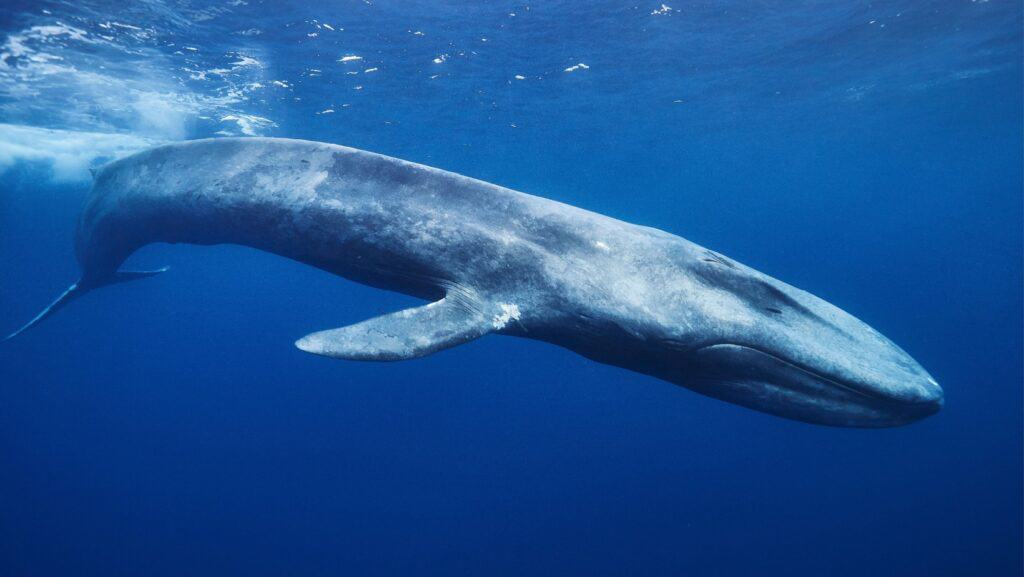
Yes, even bigger than the biggest dinosaurs. Blue whales can weigh up to 200 tons and have hearts the size of golf carts. Their tongue alone can weigh as much as an elephant. Yet despite their size, these gentle giants feed almost exclusively on tiny krill.
6. Some Whale Populations Are Still in Trouble
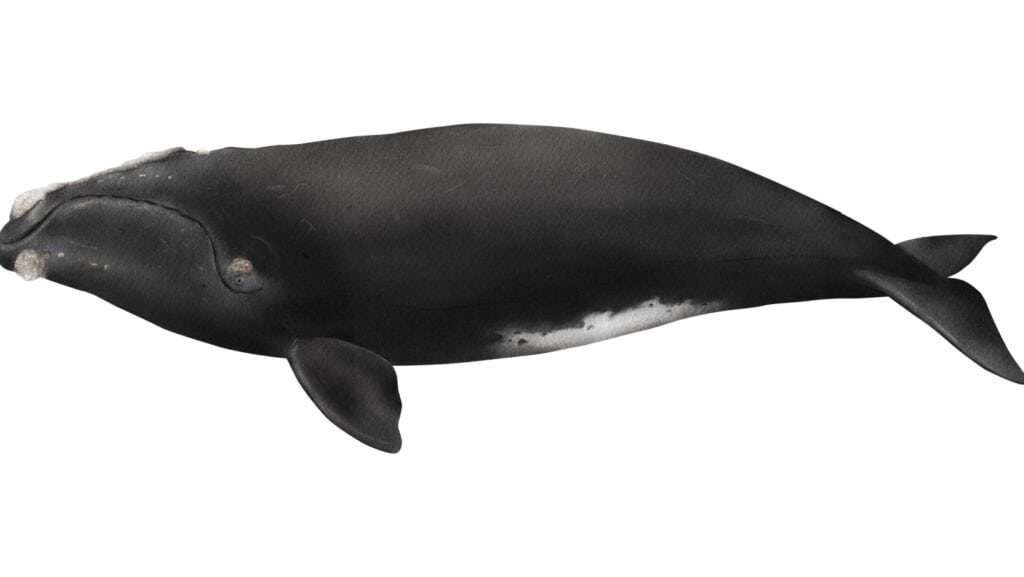
After centuries of commercial whaling, many species were pushed to the brink. While some populations are recovering thanks to international protections, others remain critically endangered. The North Atlantic right whale, for example, has fewer than 350 individuals left, per NOAA Fisheries.
7. Whales Have Incredibly Long Lives

Some whales live over 100 years. Bowhead whales are among the longest-lived mammals, with individuals estimated to be over 200 years old. Scientists have even found stone harpoon tips in their blubber, dating back to the 1800s.
8. Whale Watching Fuels Local Economies

Responsible whale tourism brings in billions of dollars worldwide and supports coastal communities from Alaska to Australia. The International Whaling Commission estimates that whale watching attracts over 13 million people annually.
9. Noise Pollution Threatens Their Survival

Underwater noise from ships, oil drilling, and sonar disrupts whales’ communication, feeding, and navigation. A report from the United Nations Environment Programme emphasizes the need to quiet the oceans to protect marine life.
10. Protecting Whales Helps Protect Us All
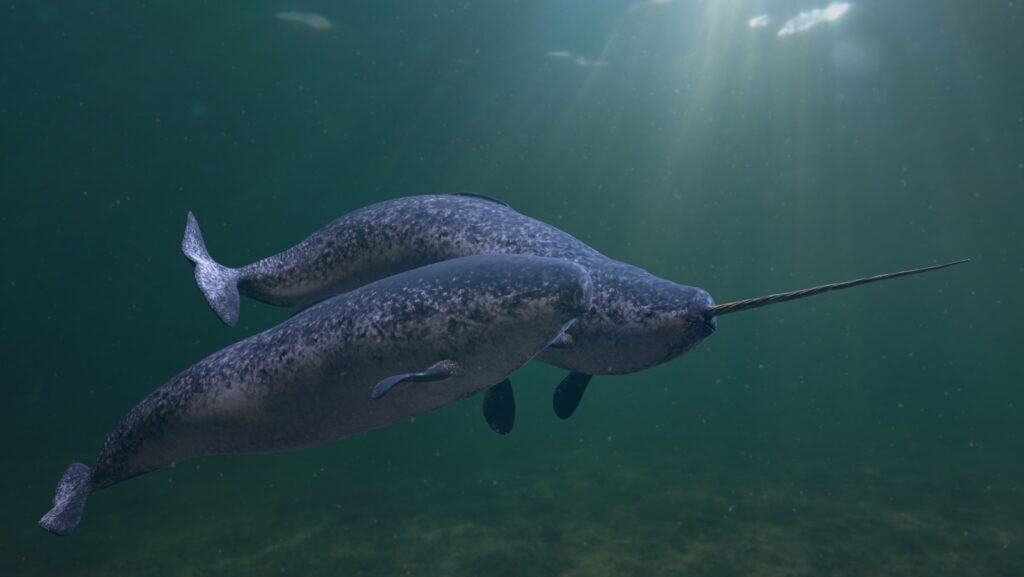
When we protect whales, we protect the oceans, and when we protect the oceans, we protect ourselves. Their ecological role, their contributions to carbon capture, and their economic importance all underscore one fact: whales aren’t just awe-inspiring, they’re essential.
Conclusion
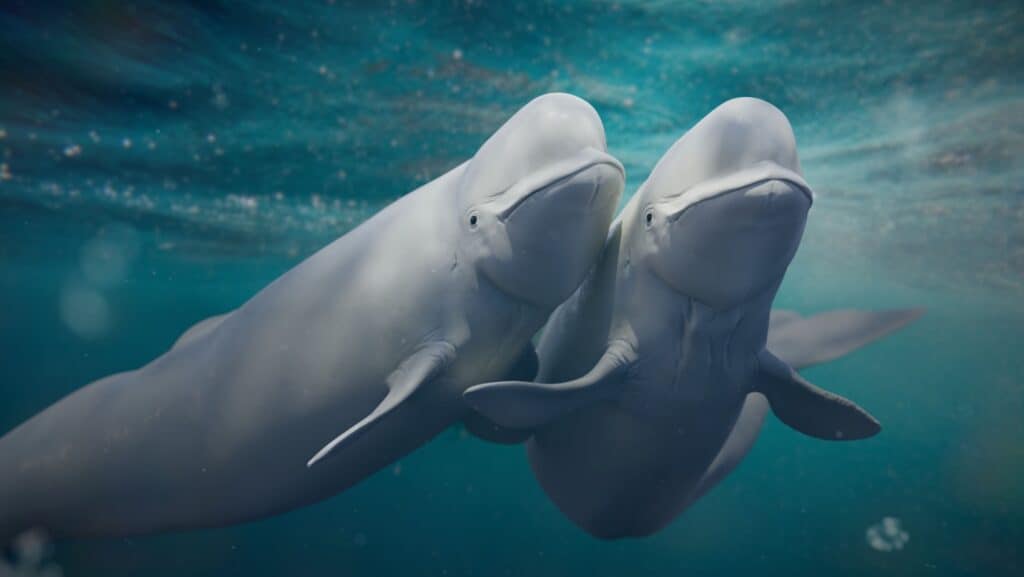
Whales aren’t just the gentle giants of the sea; they’re guardians of a balanced planet. From climate regulation to boosting ocean biodiversity, their presence touches nearly every aspect of marine life, including ours. The next time you spot a whale in a documentary, or if you’re lucky, in real life, remember: we need them just as much as they need us.
11 Reasons Why Mangroves Might Be the Most Important Trees You’ve Never Thought About
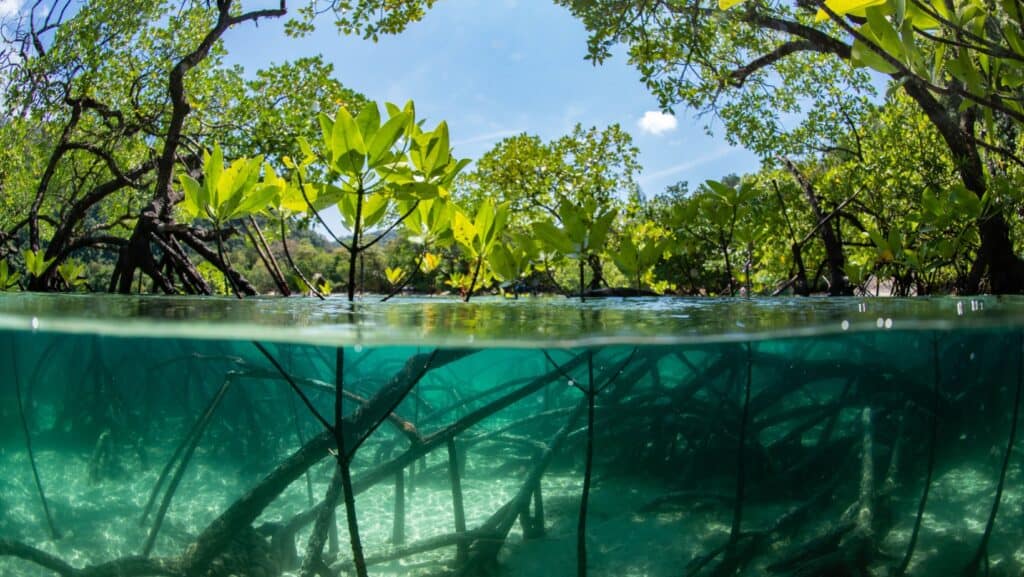
You may have seen their twisted roots poking above the water or heard about their role in storm protection. But mangroves are far more than coastal scenery. These unique trees and shrubs grow in salty, muddy coastlines and play a critical role in supporting life on Earth, from protecting against climate change to giving shelter to baby fish. Here’s everything you need to know about mangroves and why they matter more than ever.
READ: 11 Reasons Why Mangroves Might Be the Most Important Trees You’ve Never Thought About
Join Us

Join us on this empowering journey as we explore, celebrate, and elevate “her story.” The Queen Zone is not just a platform; it’s a community where women from all walks of life can come together, share their experiences, and inspire one another. Welcome to a space where the female experience takes center stage. Sign up for our newsletter so you don’t miss a thing, Queen!



